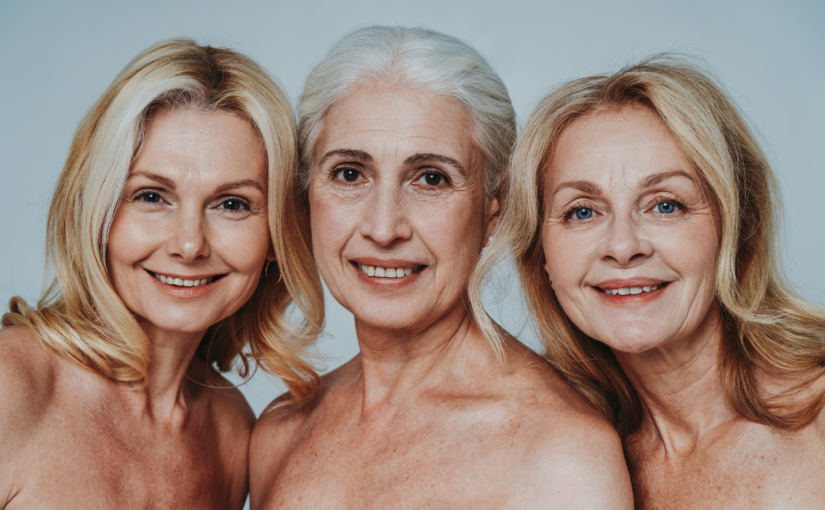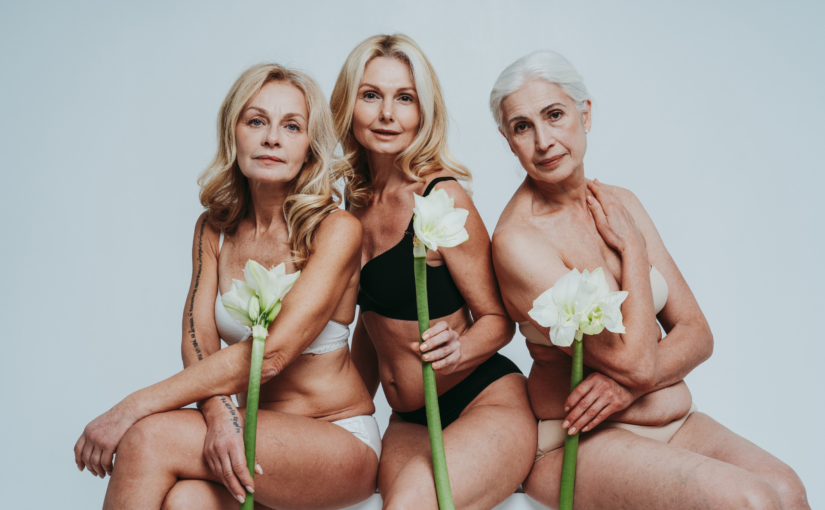There have always been limited ways in which women who are going through the menopause or experiencing these changes to their skin can access information and treatments available to target this concern. An with so many clinical treatments such as HRT having undesirable side effects it can sometimes feel like we just have to get on with it and put up with the symptoms.
When it comes to the skin we need a solution where we can benefit from activating the oestrogen receptors in the skin without affecting the oestrogen receptors elsewhere in the body potentially resulting in effects that may be associated with some risks.
Last year I discovered Emepelle and the technology behind this product blew my mind. Finally, there was a product that goes to the root of the cause to help resolve the issue of the effects of lower oestrogen on the skin. This product range contains a breakthrough technology called MEP. This has been clinically proven to effectively and safely stimulates the natural functions of the skin that oestrogen would have done previously. Helping to target the root cause of the menopause accelerated ageing on the skin.
MEP stands for Methyl estradiopropanoate (now you can see why we shorten it) and is the only non-hormonal oestrogen skin receptor stimulator to be included in cosmeceutical skincare. By working only on the skin cells to activate the receptors it makes it clinically safe. When applied topically if it does enter the bloodstream it is converted into an inactive metabolite. This allows Emepelle to produce positive effects in improving dullness, dryness, elasticity levels, skin thinning and the appearance of lines and wrinkles, without any risk of systemic side effects
A study on the effects of MEP technology found that over 14 weeks there was a 54% improvement in skin dryness, 20% improvement in skin thickness, 8% improvement on fine lines, 19% improvement on laxity and 39% improvement in skin dullness. This study was done on challenging subjects that were all post-menopausal for at least 3 years, so they would all have had low oestrogen levels and skin that had already been significantly affected by the menopause
The great thing about the Emepelle range is it consists of just two products, a daytime serum and night cream. The serum contains the MEP but also has other beneficial actives in there to further increase those results; Vitamin C and E, Ferulic acid all powerful antioxidants, niacinamide, peptides and hyaluronic acid to help strengthen and hydrate the skin.
The night cream has an even higher % of the MEP but also contains retinol to encourage collagen and cellular functioning further. Again with the peptides, niacinamide and humectant this really is a powerhouse of actives that will work synergistically to create noticeable improvements to the skin.
The photos below show an improvement over just 8 weeks using the Emepelle Regime.


